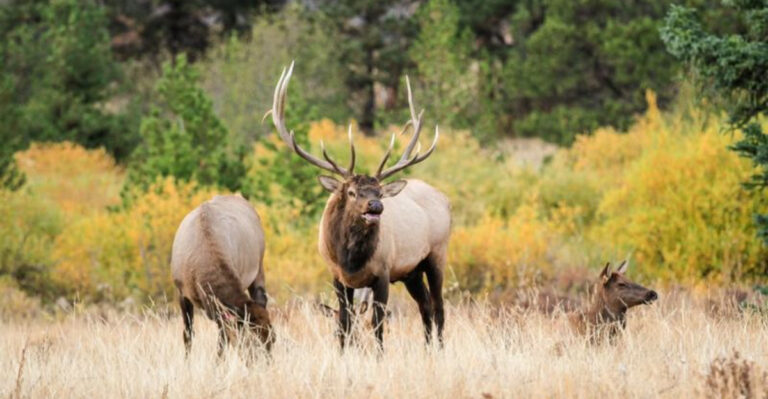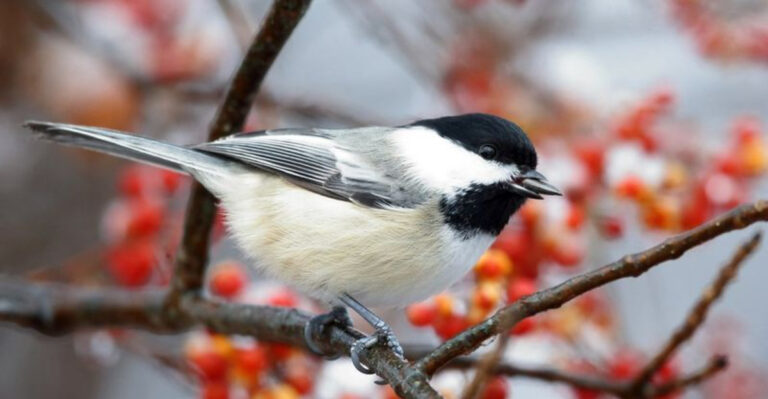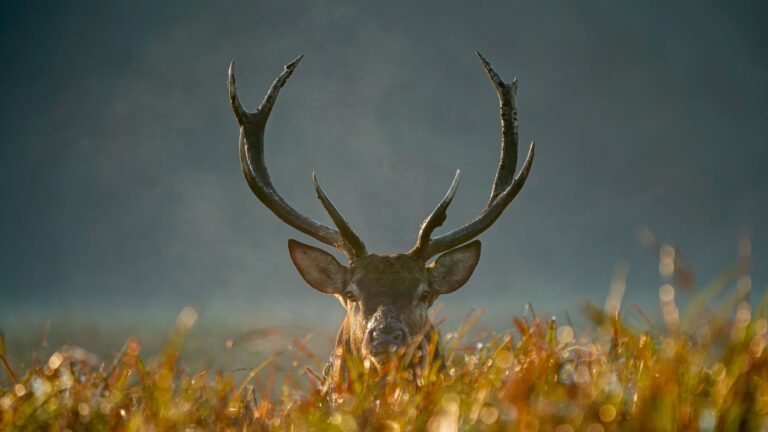The Ultimate Guide To Safely Spotting Big Cats In The Wild Across America
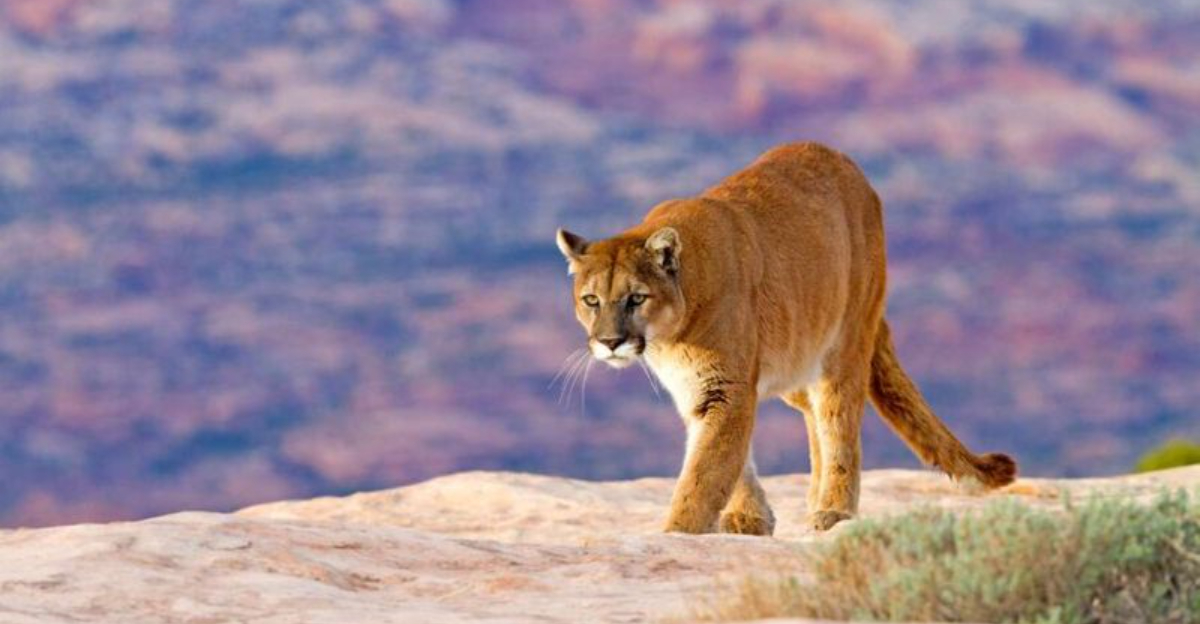
America’s wilderness harbors magnificent big cats, from mountain lions to bobcats, often hidden in plain sight. Catching a glimpse of these elusive predators requires patience, knowledge, and respect for their territory.
This guide reveals the best locations for safely observing these majestic creatures while maintaining proper distance and etiquette.
1. Yellowstone National Park’s Secret Cougar Corridors
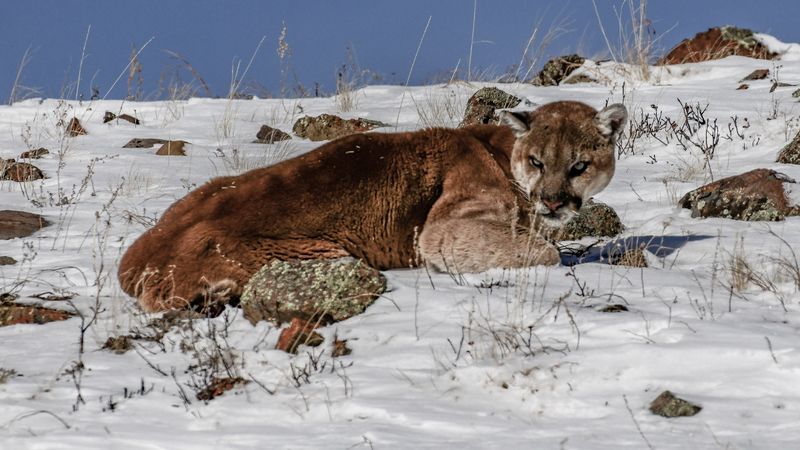
Hidden among Yellowstone’s famous geysers and bison herds lurks North America’s most secretive big cat. Mountain lions prowl the park’s northern range, particularly in Lamar Valley during dawn and dusk.
Bring binoculars and scan rocky outcroppings where these tawny predators blend perfectly with their surroundings. Rangers can point out recent sightings and recommend optimal viewing spots.
2. Florida Panther National Wildlife Refuge’s Hidden Trails
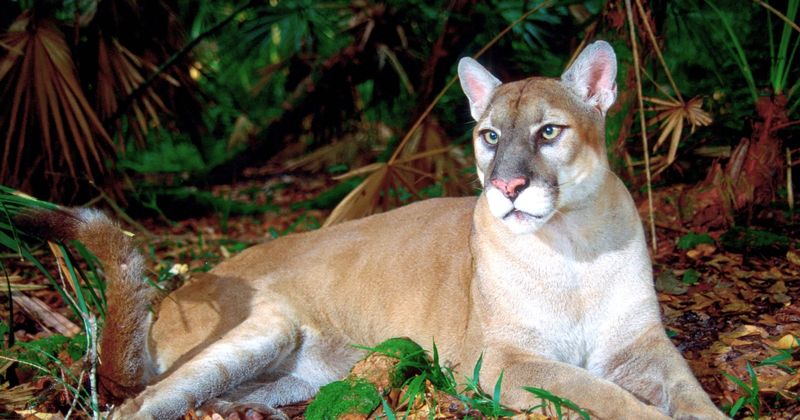
Ever wondered where America’s most endangered big cat makes its last stand? This 26,400-acre sanctuary protects the remaining Florida panthers – fewer than 200 exist today.
The 15-Mile Loop offers your best chance for spotting tracks and scratched trees. Morning visitors occasionally glimpse these ghost-like cats slipping through saw palmetto thickets.
3. Olympic National Park’s Mountain Lion Meadows

Misty rainforests hide Olympic Peninsula’s apex predators. These cougars patrol vast territories spanning from coastal forests to alpine meadows.
Hurricane Ridge offers panoramic views where patient observers might spot cats hunting blacktail deer. Park rangers track seasonal movements and can suggest current hotspots where these muscular cats prowl.
4. Bobcat Paradise In Big Bend National Park
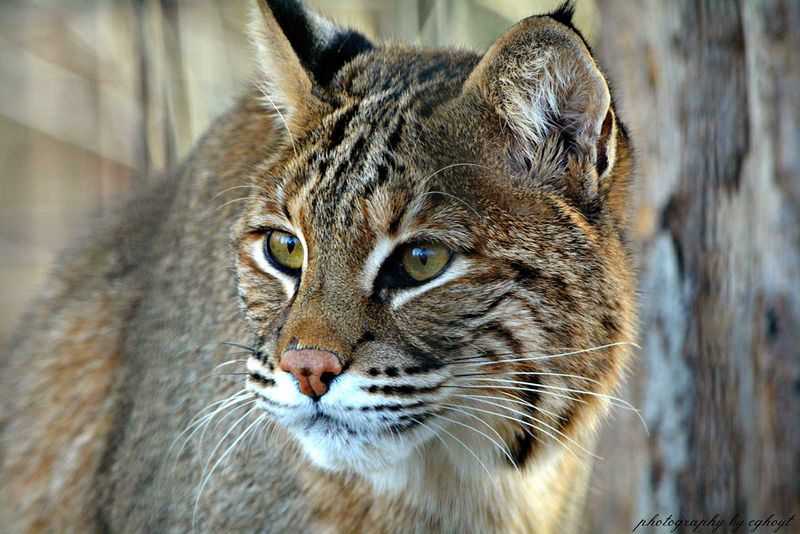
Twice the size of Rhode Island yet visited by fewer people than cross the Brooklyn Bridge in a day! This isolation makes Big Bend perfect for spotting the desert-adapted bobcat.
These spotted hunters frequently appear along the Window Trail near dusk. Their distinctive short tails and tufted ears distinguish them from the park’s other felines.
5. Everglades’ Bobcat Boardwalk

Surprising fact: Everglades bobcats swim regularly between tree islands! The Anhinga Trail boardwalk offers front-row seats to this unusual behavior during early mornings.
Unlike their northern cousins, these subtropical bobcats sport shorter fur and hunt among cypress knees. Rangers report consistent sightings near Royal Palm Visitor Center where cats hunt rabbits and marsh rats.
6. Saguaro National Park’s Twilight Cat Zone
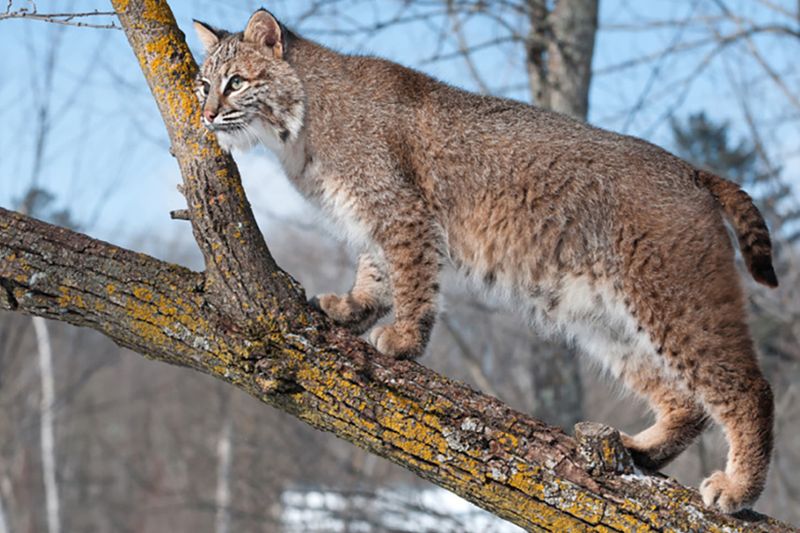
Between towering cacti and under the purple Sonoran Desert sunset, bobcats emerge from their daytime hideaways. These desert specialists are surprisingly common here, though rarely seen by casual visitors.
The Valley View Overlook Trail offers prime viewing opportunities. Listen for their distinctive raspy calls – similar to a house cat but much louder – which echo through the canyons at dusk.
7. Grand Canyon’s North Rim Cougar Country
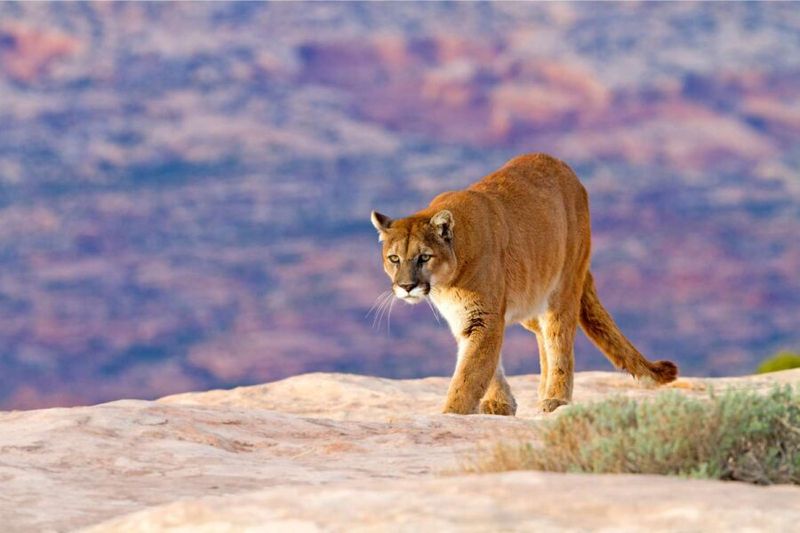
Far from tourist crowds, the North Rim harbors healthy mountain lion populations. These canyon-dwelling cats patrol massive territories spanning from piñon forests to the inner gorge.
The remote Kaibab Trail offers adventurous hikers potential glimpses. Fresh tracks appear regularly after rain, especially near water sources. Rangers maintain a sighting log at the visitor center worth checking.
8. Sequoia National Park’s Lion Lookouts
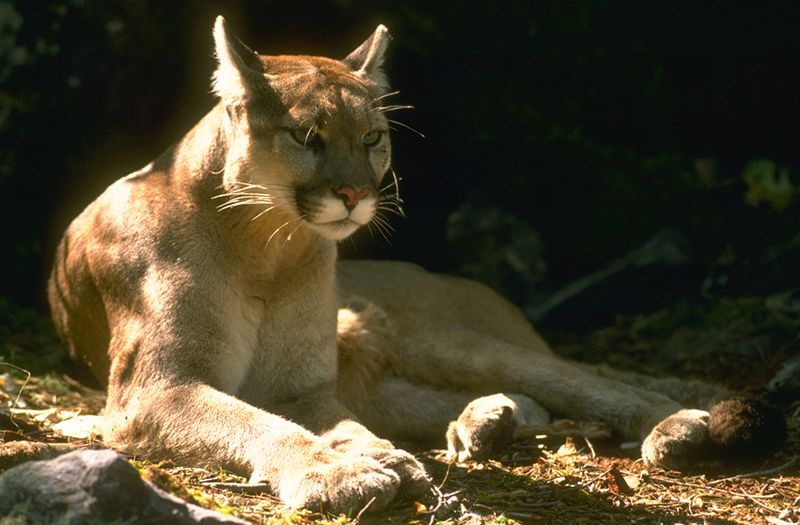
Among ancient giants prowl California’s most robust mountain lion population. These adaptable predators hunt deer throughout the park’s diverse ecosystems, from foothills to high country.
The Hospital Rock area consistently yields sightings. Winter tracking reveals surprising density – researchers estimate one lion per 10 square miles here! Morning hikers occasionally spot them crossing meadows before retreating into dense forest.
9. Great Smoky Mountains’ Bobcat Hollows

Shrouded in legendary mountain mist, these ancient Appalachian forests harbor healthy bobcat populations. Their adaptability allows them to thrive despite being America’s most visited national park.
Cades Cove Loop Road offers exceptional viewing opportunities. Early morning travelers occasionally spot these rusty-spotted hunters in meadow edges. Their distinctive bobbed tails give away their identity even in brief sightings.
10. Glacier National Park’s Alpine Lion Lairs
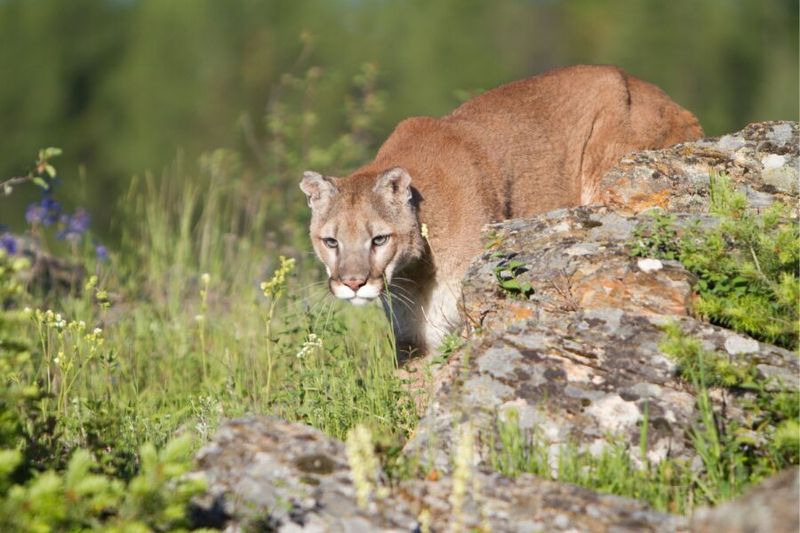
Nicknamed “ghost cats” by local rangers, Glacier’s mountain lions patrol some of America’s most spectacular wilderness. These powerful predators follow elk and deer migrations from valley floors to alpine meadows.
The Many Glacier area offers consistent tracking opportunities. Winter reveals their movements through snow, while summer hikers occasionally spot them at dawn near Logan Pass. Always hike in groups here!
11. Zion National Park’s Desert Lion Domain
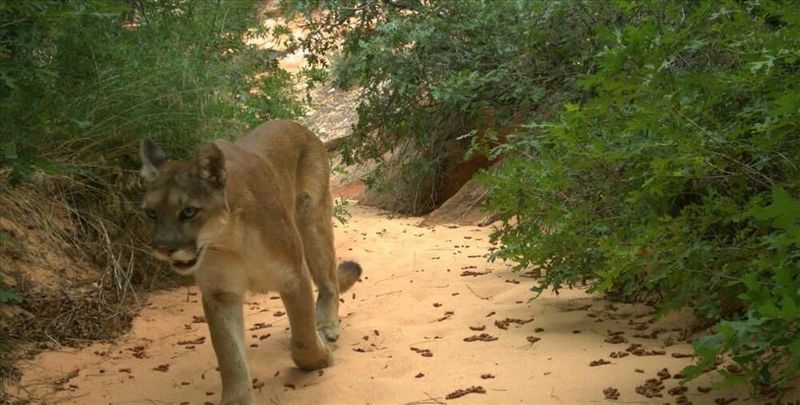
Red rock country provides perfect camouflage for mountain lions. Their tawny coats blend seamlessly with Zion’s sandstone cliffs and desert scrub.
The Kolob Canyons section sees fewer visitors but more cats. Dawn hikes along the Middle Fork of Taylor Creek might reveal these stealthy predators drinking before retreating to shady ledges for the day.
12. Point Reyes National Seashore’s Coastal Cats
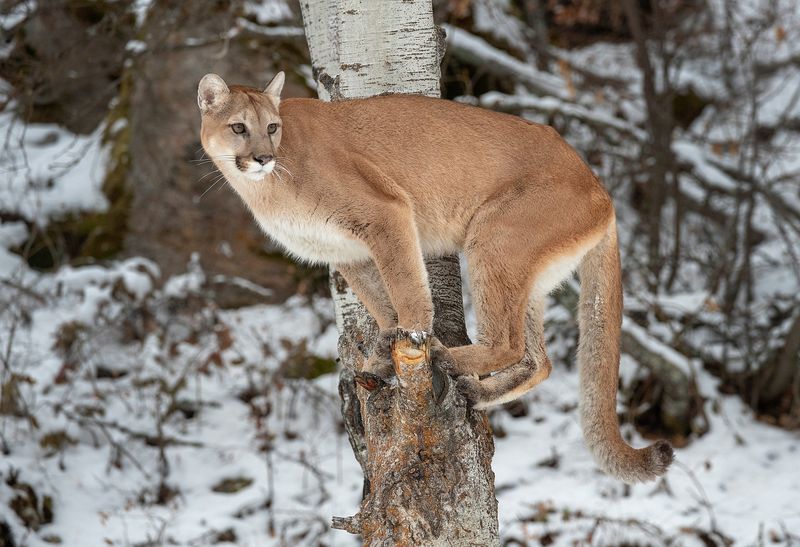
Ocean fog rolls across coastal hills where California’s only maritime mountain lions hunt. These unique coastal predators include marine mammals in their diet – a behavior seen nowhere else!
The Tomales Point Trail offers exceptional viewing potential. Early morning hikers occasionally spot them hunting among tule elk herds. Their tracks regularly appear in beach sand where they patrol for seal pups.
13. Okefenokee National Wildlife Refuge’s Swamp Cats
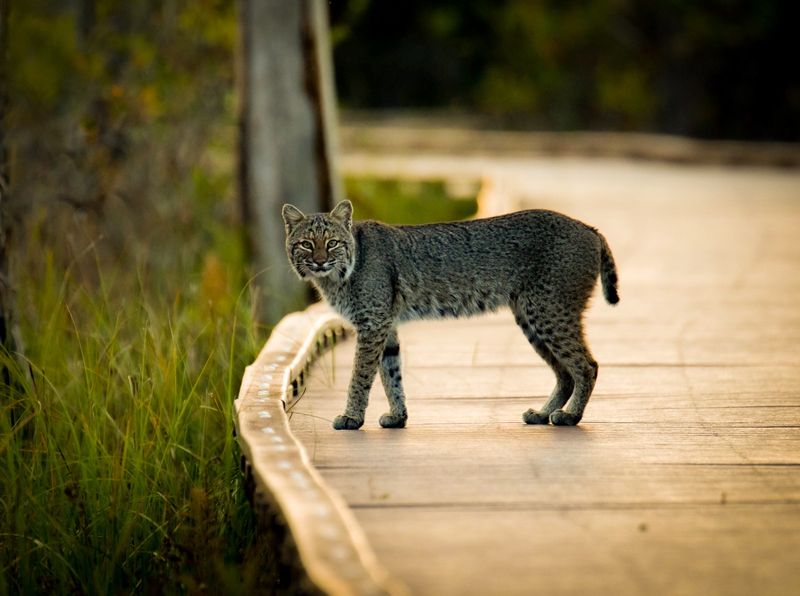
Ancient cypress swamps hide one of America’s densest bobcat populations. These semi-aquatic hunters swim between tree islands and navigate floating peat mats with surprising agility.
The Chesser Island Boardwalk provides safe viewing opportunities. Dawn visitors might spot them hunting water birds along marsh edges. Their distinctive tracks in mud reveal their presence even when the cats remain hidden.
14. Redwood National Park’s Fog-Shrouded Felines
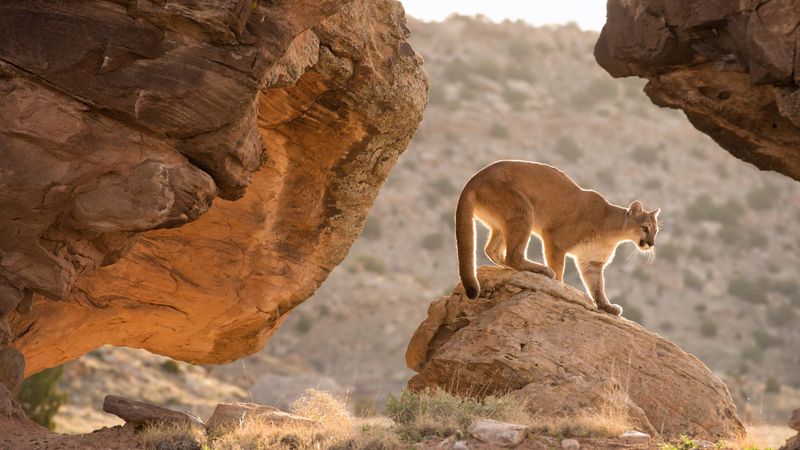
Beneath the world’s tallest trees lurk some of California’s most elusive mountain lions. These coastal cats patrol territories spanning from ancient redwood groves to foggy beaches.
The Fern Canyon area yields occasional sightings. Their massive paw prints – often larger than a human hand – appear regularly in creek sand. Dawn hikers sometimes glimpse them crossing meadows before disappearing into impenetrable fern understory.
15. Guadalupe Mountains National Park’s Desert Cat Haven

Rising dramatically from Chihuahuan Desert plains, these isolated mountains harbor both mountain lions and bobcats. The extreme elevation gradient creates diverse habitats supporting healthy predator populations.
The McKittrick Canyon Trail offers prime viewing opportunities. Winter visitors occasionally spot cats hunting among madrone trees. Park biologists maintain camera traps revealing surprising density in this seemingly harsh landscape.


